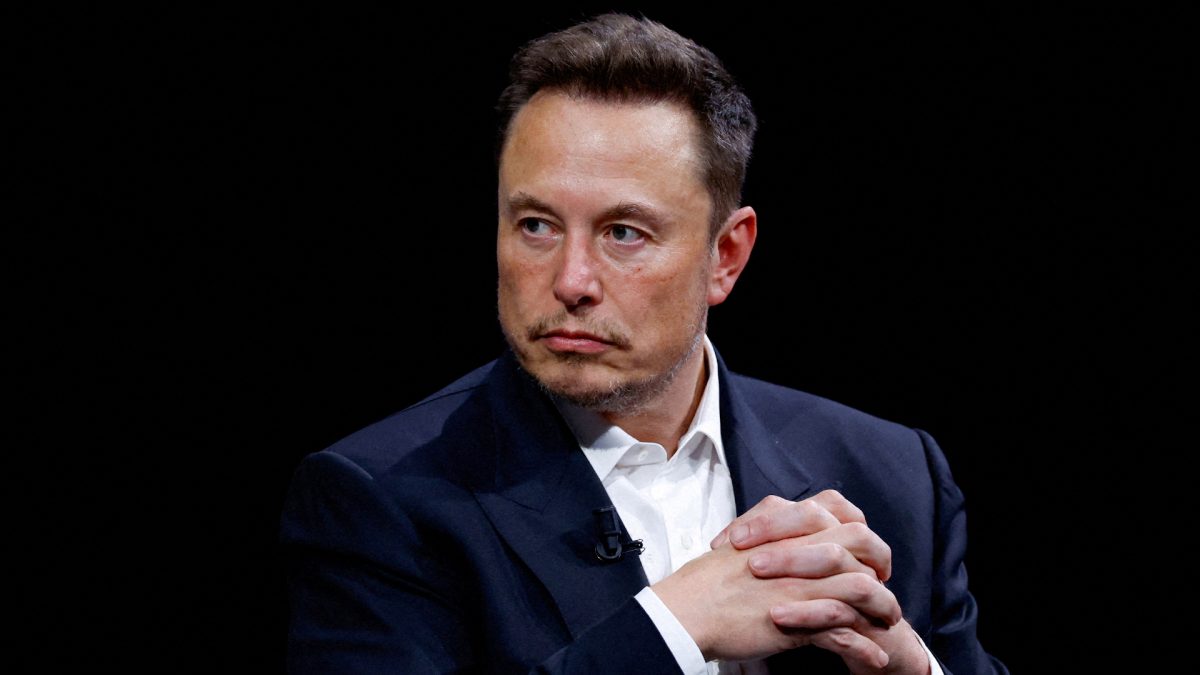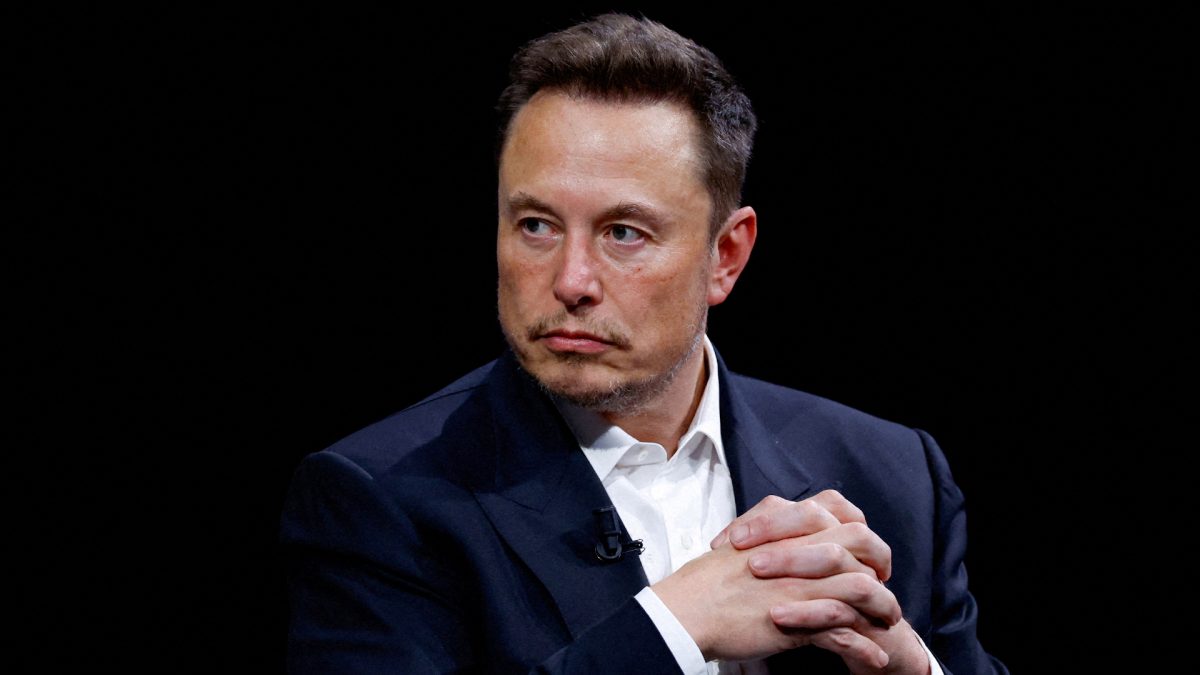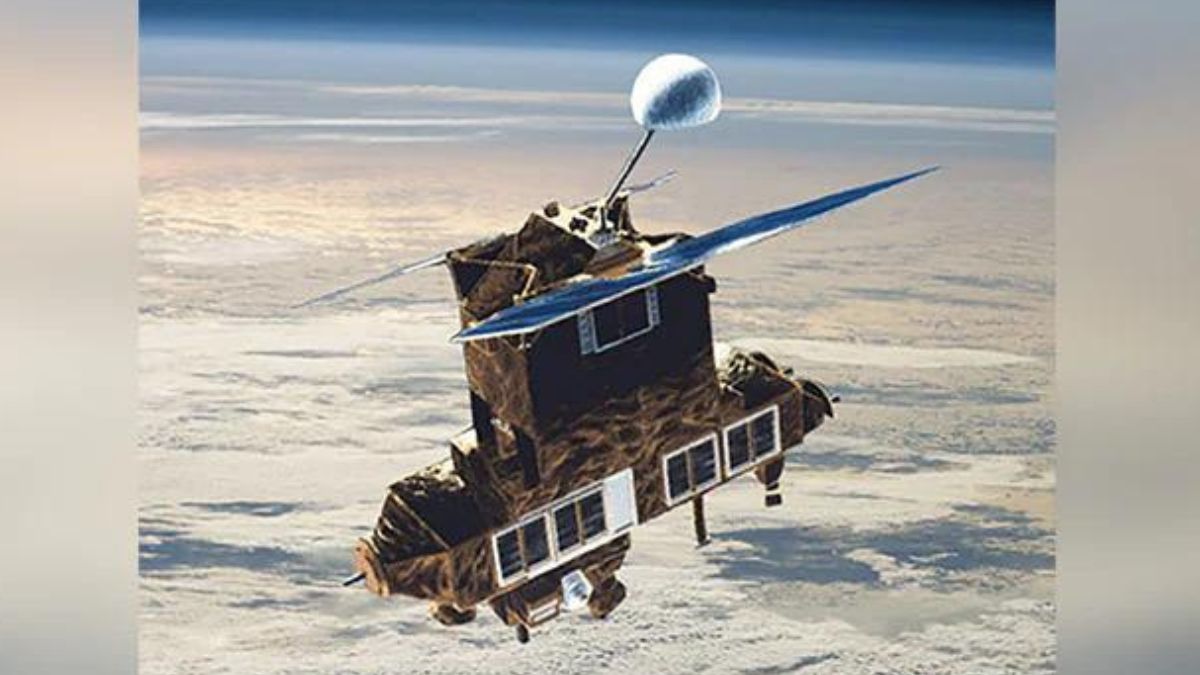Born to a Canadian mother and South African father in 1971, it’s safe to say that if there’s one person who’s rekindled the world’s interest in space, it’s Elon Reeve Musk.
Even from a young age, Musk liked to tinker. He developed an interest in computers at the young age of 10, taught himself to code and by 12, sold his first computer program (a game called Blastar).
By 1992 he’d already earned two degrees — one in physics and the other in business — and then dropped out of a Ph.D at Stanford to establish his first company, Zip2 .
By 1999, Musk was a millionaire, having sold his company to Compaq for a whopping $340 million. The same year, Musk founded X.com, a financial services and payments company, which later became PayPal .
PayPal was acquired in 2002 by eBay for a price of $1.5 billion.
And again, not even waiting to catch his breath, Musk founded SpaceX that same year and Tesla Motors the year after.
But what was the inspiration behind SpaceX? As Musk himself explains , he intended to launch a greenhouse of sorts to Mars and start a colony there. This was around the time of PayPal’s acquisition by eBay. He was on the lookout for some way to do this and discovered that while the lander could be cheaply built, the cost of sending it to Mars would be exorbitant.
Realising that he could simply do something about it, Musk, along with a handful of veteran engineers, established SpaceX. The idea was to make commercial space travel a reality, with a human settlement on Mars soon after.
Since then, the company earned a number of accolades of the type that will put many a country’s space program to shame.
Achievements galore
By 2008, SpaceX was the first privately funded company to take a rocket to orbit, by 2012 it became the first such company to dock a spacecraft with the ISS and by 2013, it had put a satellite into Geostationary Transfer Orbit (GTO). SpaceX is also among the only space-faring agencies in the world to have used and developed a reusable launch vehicle.
The Falcon 9 Full Thrust rocket’s payload is double that of India’s GSLV and if Musk sticks to his plan of launching a human-crewed spacecraft this year, his company will join Russia and China as among the only agencies capable of launching a human to space. Since the scrapping of Nasa’s Space Shuttle program in 2011, the US space agency has no vehicle capable of launching a human to space.
But how did Musk do it? How did he establish SpaceX as a company that’s mentioned in the same breath as Nasa, a company that’s easily competing with the ESA (European Space Agency) for capability and cost and far outstrips India’s own space program in terms of capability?
The only reasons I can think of are passion and focus. Musk has been determined to make commercial spaceflight a reality and in a mere 14 years, he’s done just that.
Nasa’s budget woes and the cancellation of its Space Shuttle replacement gave SpaceX the very windfall it needed to take off. Musk’s Falcon 9 rocket alone represents a significant cost savings for Nasa, allowing it to focus on more ambitious projects, such as the recent Juno mission, the Curiosity rover and more.
Currently, SpaceX’ launch costs work out to about $2,500 per pound to orbit (or about $5,600 per kg). The upcoming Falcon 9 Heavy will bring this cost down to $1,000 per pound to orbit. There is literally no other space agency in the world. India’s PSLV is cheaper to launch, but with a payload that’s a fraction of the Falcon 9’s, pound-for-pound, the costs are still comparable.
With a little over $1 billion in funding, SpaceX has almost as much money to play around with as India’s Isro. Is it any wonder that SpaceX is competing on a global scale?
Again, comparing Isro and SpaceX, Isro put a satellite into GTO with a completely indigenous rocket only in 2014, a year after Musk. India’s GSLV used a Russian cryogenic stage to put satellites in GTO. The indigenously developed CE-7.5 cryogenic engine was used only in 2014.
Firing imaginations
As to SpaceX’s mass appeal, just watch Musk’s ‘Making humans an in interplanetary species’ video below.
At a time when most technology companies are playing it safe, Musk comes up with a plan to colonise Mars!
You may call him mad, a lunatic, you may call his dreams impossible, but you have to admit, it’s a pleasant change from the regular tech rhetoric of AI, bringing internet access to billions and, well, even more smartphones.
More than the boldness of the plans, it’s Musk’s passion that gets through to us. Ayrton Senna isn’t the motorsport God he is just because he won races, that happened anyway; it’s his passion for the sport that made him a hero.
SpaceX is more than a mere space program. It’s the passion project of one man, and his passion and ambition are infectious. Isn’t every successful launch that little bit more special because you know that it’s a step closer to humanity’s Mars ambitions? There’s no way that something like Amazon’s Blue Origins can compete with that.


)




)
)
)
)
)
)
)
)